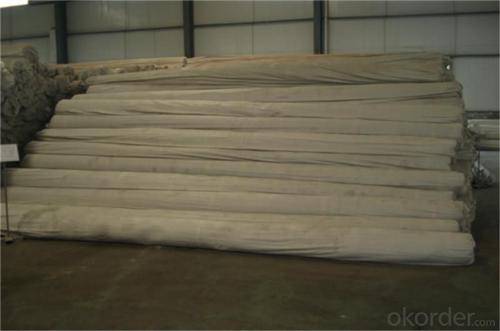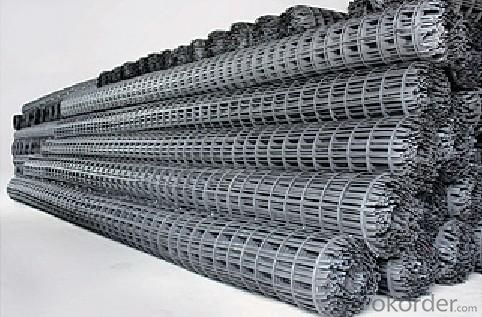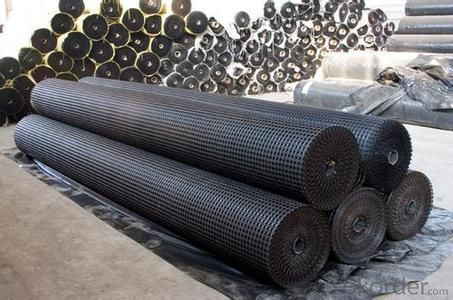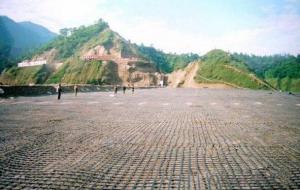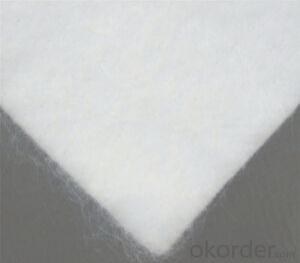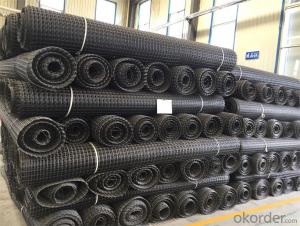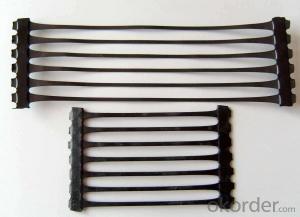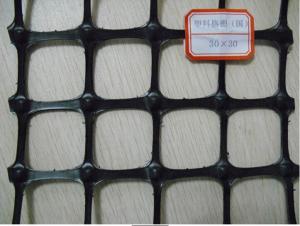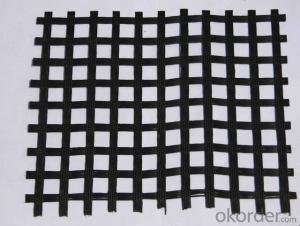Geogride Stragrip Sg-150 High Strength Warp Knitting Polyester Geogrids for Road Construction
- Loading Port:
- Qingdao
- Payment Terms:
- TT OR LC
- Min Order Qty:
- 30000 m²
- Supply Capability:
- 1000000 m²/month
OKorder Service Pledge
OKorder Financial Service
You Might Also Like
Structure of Warp Knitting Polyester Geogrids
Warp Knitting Polyester Geogrids is with polypropylene, high density polyethylene as raw materials, made by special extrusion, two-way stretch.It Can reduce structural fill, uniform load distribution, and has high two-way tensile modulus and tensile strength, high mechanical damage ability, endurance ability.
Main Features of the Warp Knitting Polyester Geogrids
High quality asphalt coation
Light weight, high tensile, corrosion resistance
Road maintenance and reinforcement
Packaging & Delivery
| Packaging Details: | PP bags or PE film. Or Packed as customers' requests. |
| Delivery Detail: | 10-20days after the contract is effective |
Warp Knitting Polyester Geogrids Images
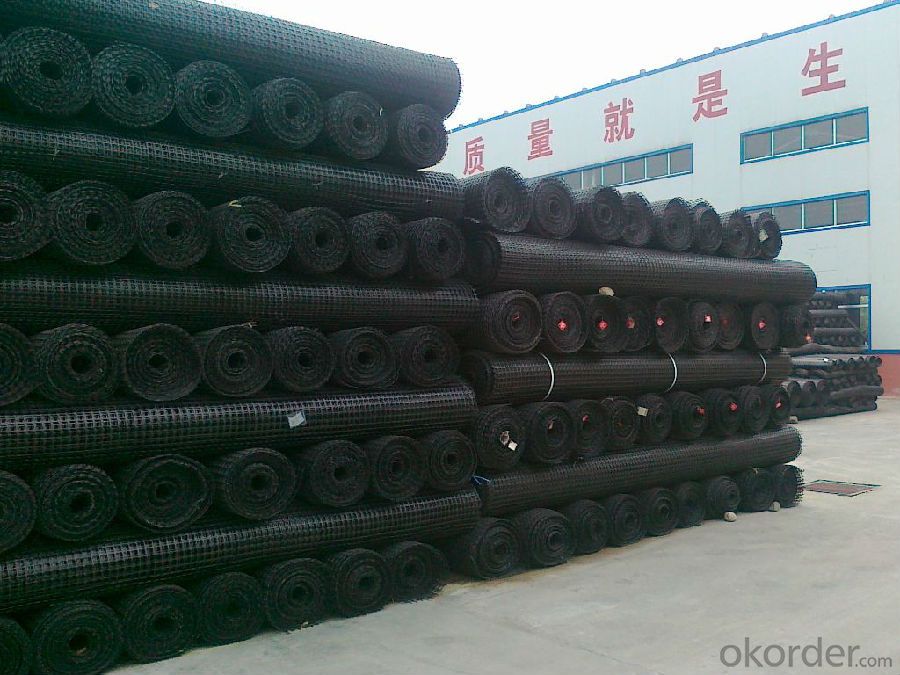

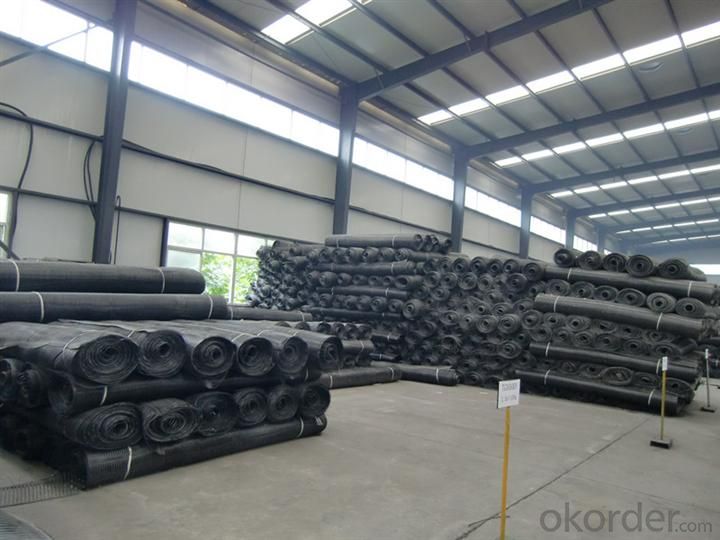
Warp Knitting Polyester Geogrids Specification
Converting old cement concrete road into composite road.
Restraining reflection cracking caused by block shrinkage.
Preventing and controlling the cracking caused by new and old combination and uneven settlement.
Strength: 20x20kn/m--600x600kn/m, such as :60/30, 60/60, 80/30, 120/30, 150/30, 200/30 etc..
Reinforcement of soft soil foundation and overall strength of roadbed
| Item | Tensile strength(KN/m) | Tensile strength at 2% elongation | Tensile strength at 5% elongation | Nomianal elongation | Products in the range of coal mine | ||
| TGSG15-15 | ≥15.0 | ≥5.0 | ≥7.0 | ≤15.0/13.0 | Fire out time from outer flam(s) | Surface resistivity | |
| TGSG20-20 | ≥20.0 | ≥7.0 | ≥14.0 | ≤3 | <1×109 | ||
| TGSG25-25 | ≥25.0 | ≥9.0 | ≥17.0 | ||||
| TGSG30-30 | ≥30.0 | ≥10.5 | ≥21.0 | ||||
| TGSG35-35 | ≥35.0 | ≥12.0 | ≥24.0 | ||||
| TGSG40-40 | ≥40.0 | ≥14.0 | ≥28.0 | ||||
| TGSG45-45 | ≥45.0 | ≥16.0 | ≥32.0 | ||||
| TGSG50-50 | ≥50.0 | ≥17.5 | ≥35.0 | ||||
FAQ
We have organized several common questions for our clients,may help you sincerely:
Q: How about your company?
A:Our company are one of the largest geosynthetic products supplier in the world.We have the products experience more than 20 years.Already export to USA/Germeny/Australia/Zambia/Brazil etc.more than 20 countries.Almost 10years.Our products including Geocell/Fiberglass Geogrid/Geomembrane/Geotextile/Geonet etc.
Q.Does your products have good qualitity?
A:Yes,we have do many big projects such as the 2008 Beijing Olympic BIRD NEST. Divert water from the south to the north project. And our products have CE certificate also.
Q:How long can we receive the products after purchase?
A:In the purchase of product within three working days, We will arrange the factory delivery as soon as possible. The pecific time of receiving is related to the state and position of customers.Commonly 15-20 working days can be delivery.
- Q: Are geogrids fire-resistant?
- No, geogrids are not fire-resistant.
- Q: How do geogrids improve the performance of geotextile containers?
- Geogrids improve the performance of geotextile containers by providing additional tensile strength and stability to the structure. They reinforce the geotextile material, preventing it from stretching or sagging under the weight of the contained materials. This enhances the container's ability to retain its shape, withstand external forces, and overall improves its structural integrity.
- Q: Can geogrids be used for reinforcement in soft soils?
- Yes, geogrids can be used for reinforcement in soft soils. Geogrids are commonly used in geotechnical engineering to stabilize and reinforce weak or soft soils. They provide a stable and strong foundation by distributing the load and increasing the soil's shear strength.
- Q: Geogrid what to do
- Test items include: strength, elongation at break, amount of glue, weight, mainly to measure the strength of the grid.
- Q: How do geogrids improve the performance of mechanically stabilized slopes during seismic events?
- Geogrids improve the performance of mechanically stabilized slopes during seismic events by providing reinforcement and preventing soil movement. These high-strength geosynthetic materials are installed within the soil mass and act as a stabilizing mechanism. During seismic events, geogrids distribute the forces more evenly, reducing the strain on the soil and minimizing the risk of slope failure. This reinforcement helps maintain the stability and integrity of the slope, enhancing its resistance to seismic forces.
- Q: Why steel plastic geogrid in the test, will choose to peel out a single wire test? What are the causes and sources of this method
- Personal feeling can not do, at present, did not find the corresponding three to the geogrid test specification, how to determine the direction of the three cells, how to load are not standardized
- Q: What is the effect of strain rate on geogrid behavior?
- The effect of strain rate on geogrid behavior is that it can significantly impact the mechanical properties and performance of the geogrid. At higher strain rates, the geogrid may exhibit increased stiffness and strength due to the rate-dependent nature of its materials. This means that the geogrid can better resist deformations and provide enhanced stability under dynamic loading conditions. However, at extremely high strain rates, the geogrid may experience reduced performance and even failure due to excessive stress concentrations and insufficient time for dissipation of energy. Thus, understanding and considering the strain rate is crucial in designing and applying geogrids for different applications.
- Q: How do geogrids improve the performance of paved and unpaved roads?
- Geogrids improve the performance of paved and unpaved roads by providing reinforcement and stabilization to the soil or aggregate layers. They distribute the load from traffic more evenly, reducing stress and preventing rutting or deformation. Geogrids also enhance the tensile strength of the road, improving its resistance to cracking and extending its lifespan. Additionally, they help in reducing the amount of materials needed for construction, making the roads more cost-effective and environmentally friendly.
- Q: How do geogrids help in reducing the environmental impact of construction?
- Geogrids help in reducing the environmental impact of construction by providing soil stabilization and reinforcement, reducing the need for excessive excavation and material usage. This results in minimized disturbance to natural habitats, reduced waste generation, and lower carbon emissions, ultimately promoting sustainable construction practices.
- Q: Can geogrids be used in ground reinforcement for airports?
- Yes, geogrids can be used in ground reinforcement for airports. Geogrids are commonly used in civil engineering projects, including airport construction, to improve the stability and load-bearing capacity of the ground. They help prevent soil erosion, increase the strength of the soil, and provide a stable foundation for runways, taxiways, and other infrastructure at airports.
Send your message to us
Geogride Stragrip Sg-150 High Strength Warp Knitting Polyester Geogrids for Road Construction
- Loading Port:
- Qingdao
- Payment Terms:
- TT OR LC
- Min Order Qty:
- 30000 m²
- Supply Capability:
- 1000000 m²/month
OKorder Service Pledge
OKorder Financial Service
Similar products
Hot products
Hot Searches
Related keywords






